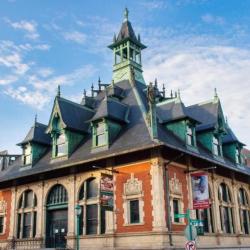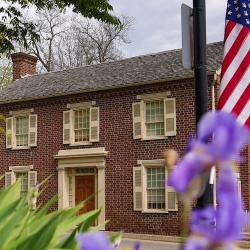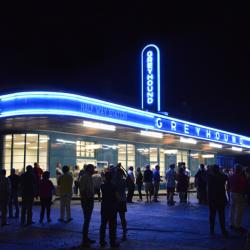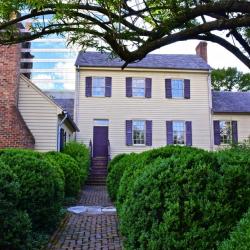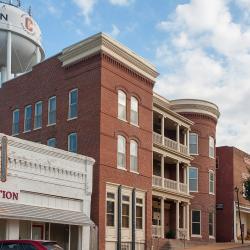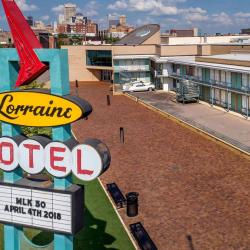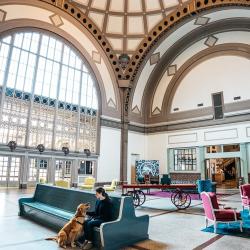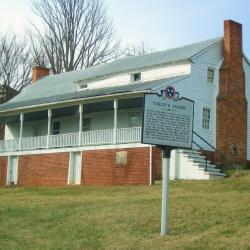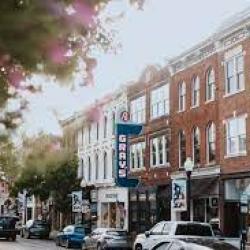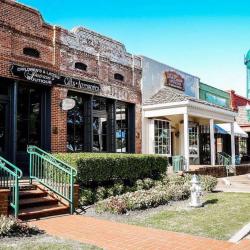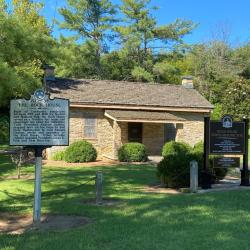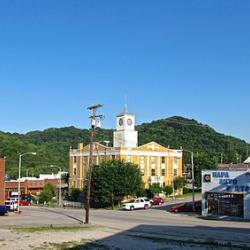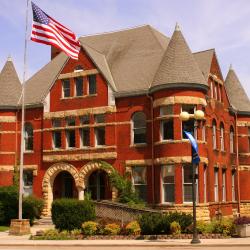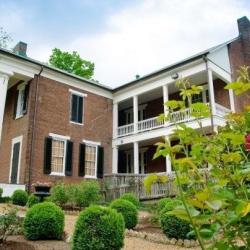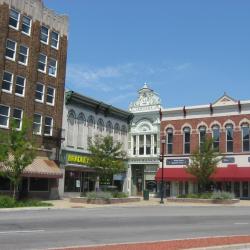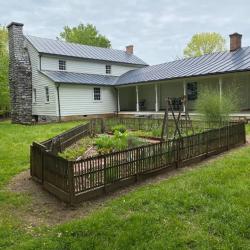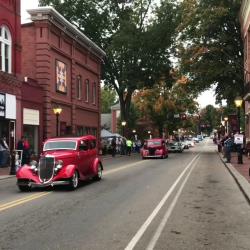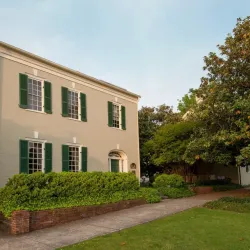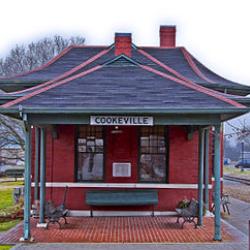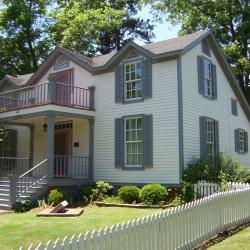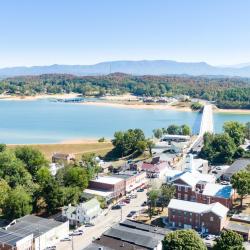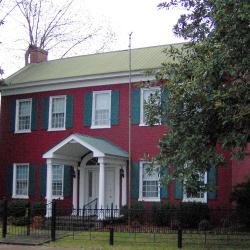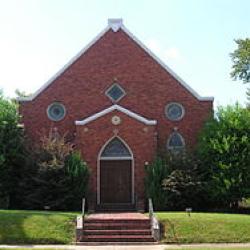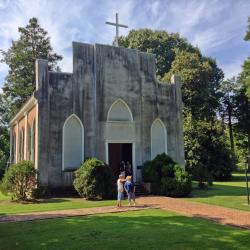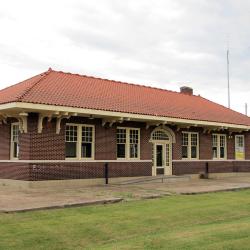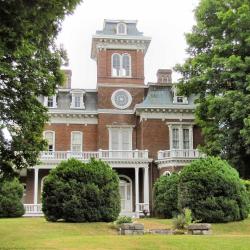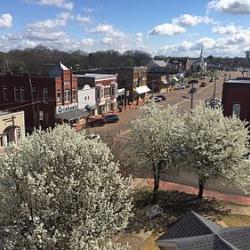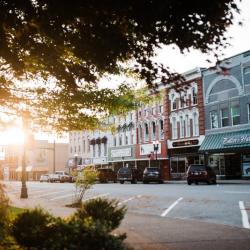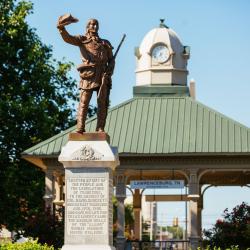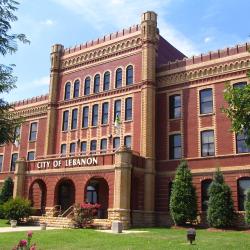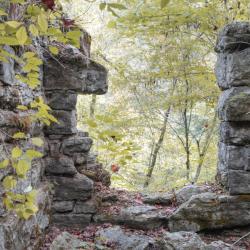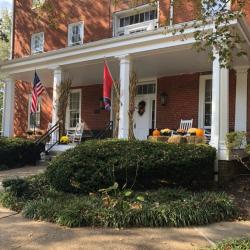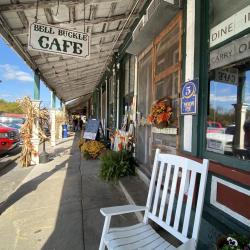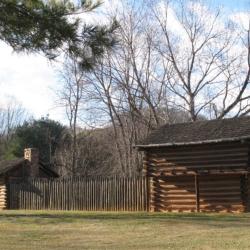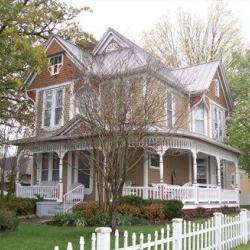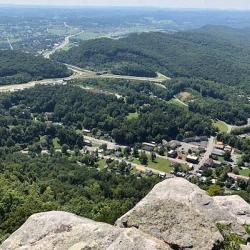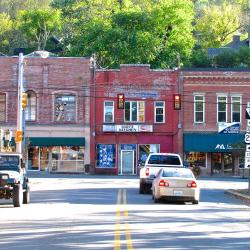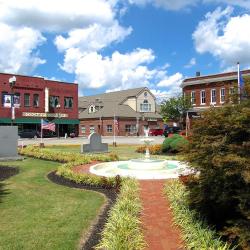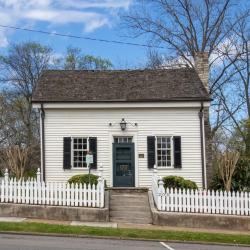CLG program helps cities with historic asset preservation, planning
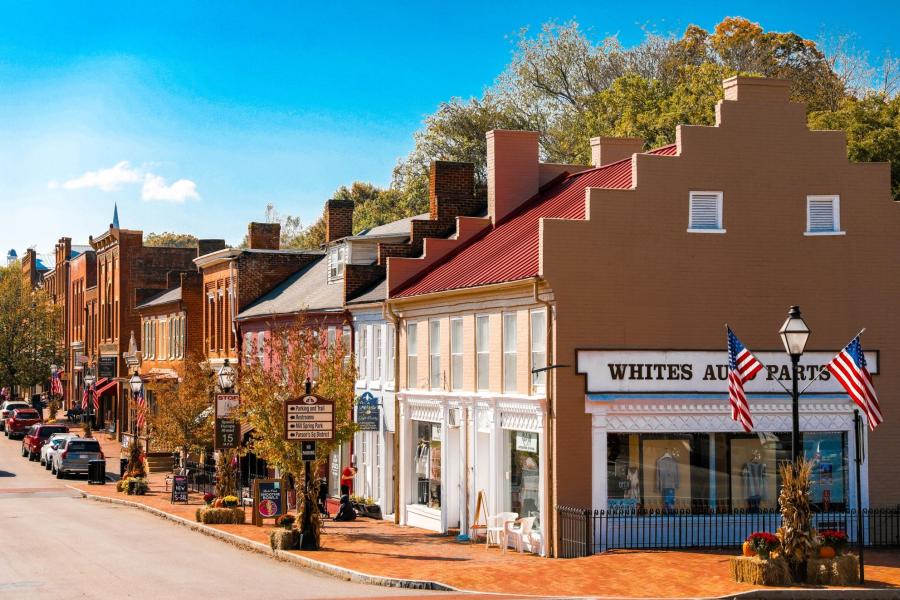
By KATE COIL
TML Communications Specialist
From a Revolutionary War mustering ground to a tavern that hosted the state’s first migrants to battles in the Civil War and for civil rights, Tennessee’s municipalities contain some of the most important historic landmarks in local, state, and national history.
One way municipalities can help preserve their historic assets is through participation in the U.S. National Park Service’s (NPS) Certified Local Government (CLG) program, established in 1980 with the goal of helping local governments, state preservation offices, and the NPS partner together to provide resources local governments can use for historic zoning programs, renovation and rehabilitation of historic sites, and playing an active role in preserving the history that makes their community unique.
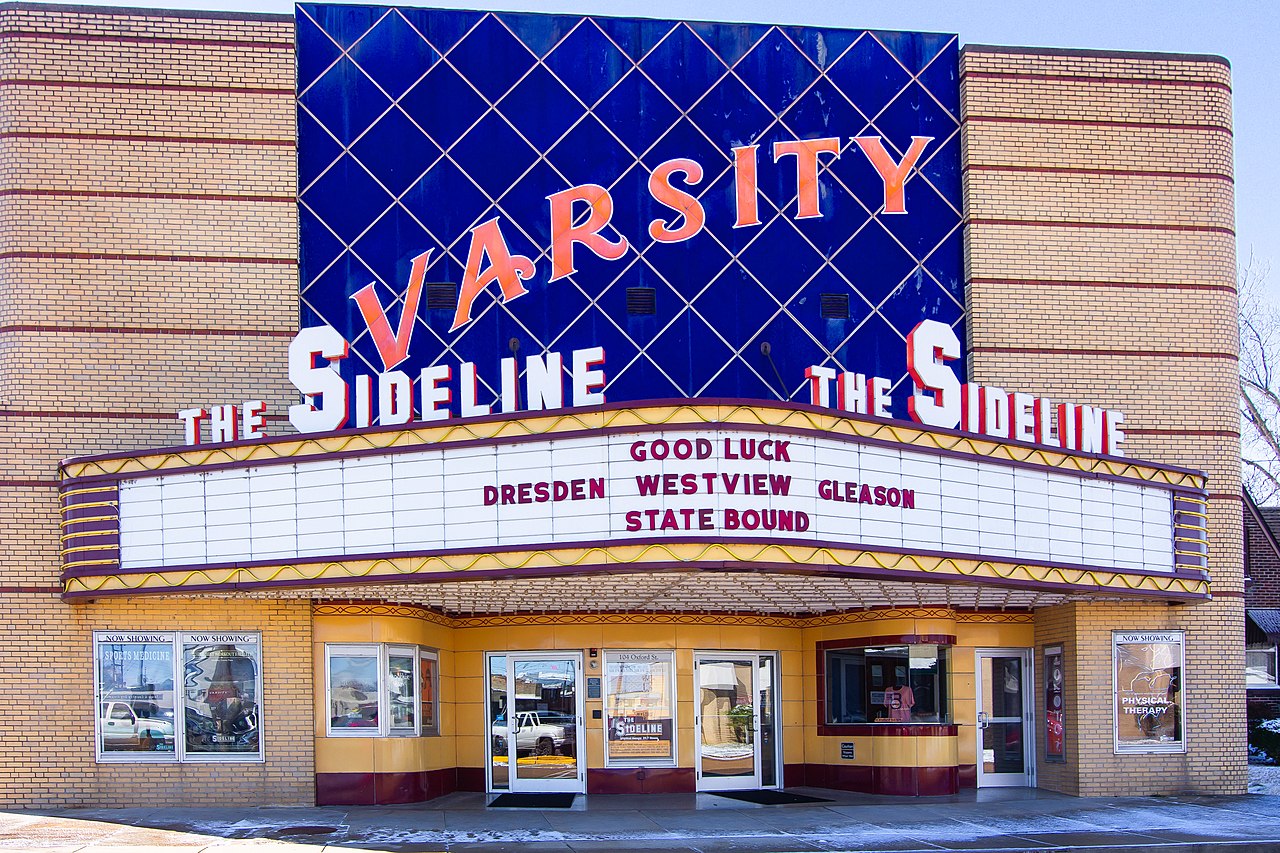
Tennessee’s CLG program was developed by the Tennessee Historical Commission (THC) in 1984 and since then, 50 local governments have joined, including 47 municipalities and three county governments.
Holly Barnett, deputy state historic preservation officer and assistant director for federal programs with the Tennessee Historical Commission, said “The program is a way to recognize communities that have made an investment in preservation through establishing a historic zoning program.
“It’s a federal, state, and local partnership, and any local entities can take part in the program so long as they have a historic zoning commission," she continued. "Requirements are minimal other than that, and we believe the rewards are much greater. Basically, a CLG community needs to have a contact person for the program, participate in training offered by our offices a few times a year, and there is an annual review that just asks a few questions about their program. The CLG reviews any National Register of Historic Places nominations before it comes to the state review board.”
Even without participation in the CLG program, Barnett said a historical commission can be a boon for any city.
“It’s really the ultimate preservation policy tool to be able to preserve buildings,” she said. “There are two main tools local governments can use to preserve buildings. The first is recognition and listing of historic resources, which just gets the word out about the structure. The second is public policy and design tools that can actually save and protect historic resources. Everything is decided on the local level, because the designation the NPS or our office manages are purely honorary. It doesn’t offer any protection or restrictions.”
It can be a misconception that the only structures deemed “historic” are those that date back a hundred years or more. At present, buildings that qualify for the National Register of Historic Places have to be at least 50 years old – meaning structures built in or before 1973. However, Barnett other factors can play into whether a building is historic.
CGL Cities by Year
1985 – Clarksville, Greeneville, Jackson, Nashville, Knoxville, Covington, Memphis
1989 – Chattanooga
1990 – Kingsport, Franklin, Collierville
1991 – Martin, Sparta,
1993 – Gainesboro
1996 – Jonesborough, Harriman, Gallatin
1998 – Shelbyville
1999 – Johnson City, Rogersville
2000 – Bolivar
2001 – Columbia
2002 – Cookeville, Bartlett
2003 – Murfreesboro, Dandridge
2004 – McMinnville, Hohenwald
2009 – Brownsville, La Grange
2012 – McKenzie
2015 – Jefferson City, Cleveland, Savannah, Paris
2017 – Lynchburg, Lawrenceburg, Lebanon, Manchester, Athens,
2018 – Bell Buckle
2019 – Elizabethton
2020 – Sevierville
2021 – Cumberland Gap, Jellico, Sweetwater
2022 – Mount Pleasant
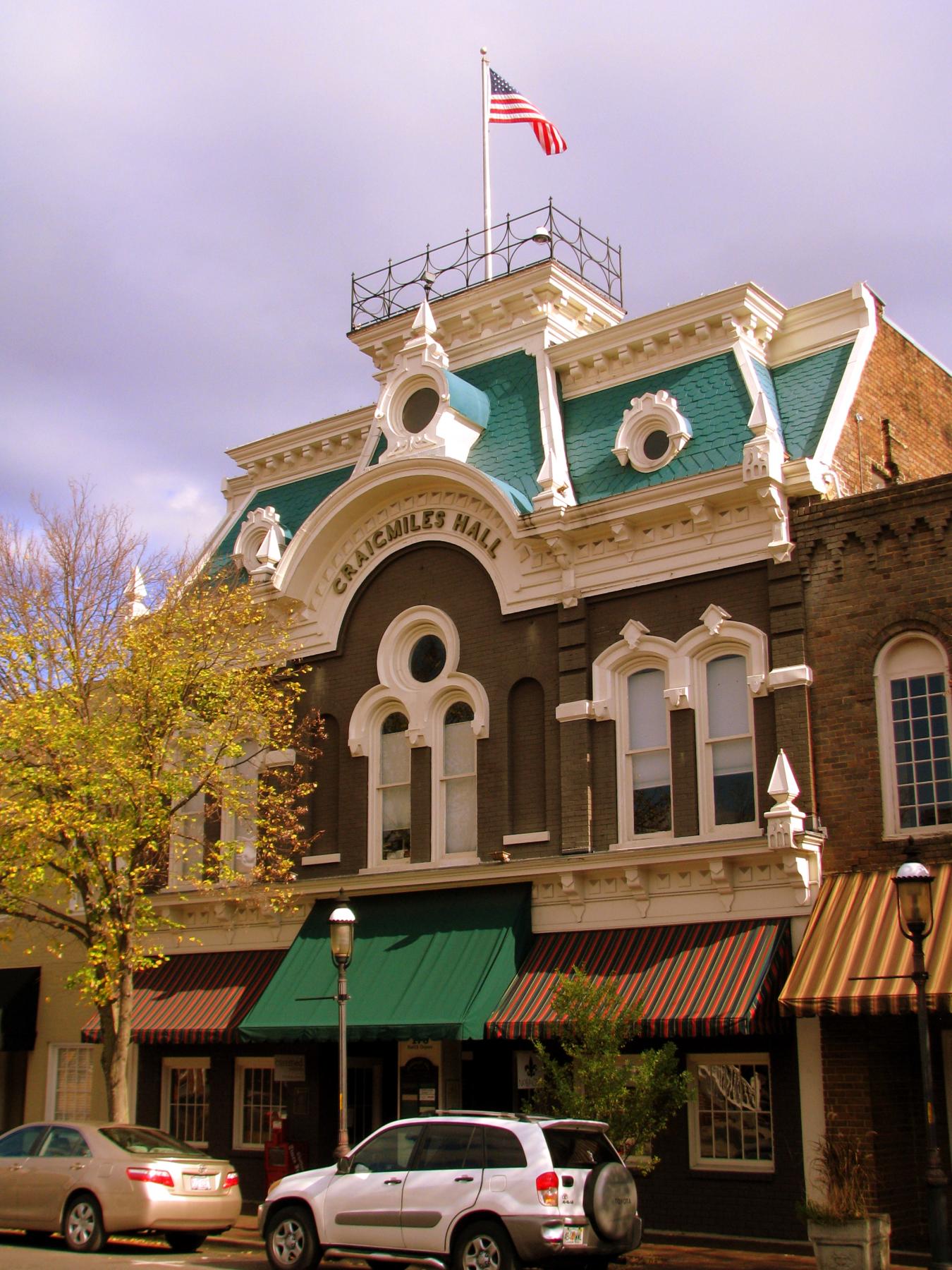
“Our perception of what is historic changes over time,” she said. “It definitely does have to have a type of significance to be on the National Register, such as representing a specific architectural style or be an important part of your community. One thing about CLGs is they maintain a survey of their communities every 10 years, and our office believes this is a valuable tool to know what you have, document what you have, and know why it’s important. It’s also extremely important for smaller communities, especially those around bigger cities that experiencing growth. This is a way to be as proactive as possible to have a clear understanding of the assets you have and why they should be preserved, especially as development comes in.”
Barnett said historical preservation is an important economic tool for many communities.
"This is a way local governments can create the ideal environment for their citizens through revitalization, tax incentives, reducing sprawl, and other issues,” she said. “There is potential for tourism development. A lot of small communities are investing in having these annual festivals that draw people in, and by preserving historic character you are creating a destination. Historic zoning is protecting that individuality and it’s not limiting the use or the investment in anyway. It guides the investment in a way that preserves it for the entire community.”
There are numerous credits, grants, and other financial benefits to participation in the CGL program.
“Buildings with commercial status can take advantage of historic tax credits through the recent historic redevelopment grant program with TNECD, which will have its third round in the spring” Barnett said. “This is a great resource that is focused on development and rural smaller communities. Communities that are in the CLG program get emphasis and priority for the federal historic grant program. We have a mandate to distribute to at least 10% of the funds we receive from the federal historic preservation fund to our CLGs. You also get access into trainings and contacts with our staff through our monthly newsletters. If you have issues that come up, our staff can be there to assist.”
Barnett said it is never too late for communities to start preserving their historic assets.
“Historical sites are a non-renewable resource; Once they are lost, they are gone,” Barnett said. “We have excellent examples of communities who have invested the time and effort into preservation and have seen the results of that investment. Historical preservation is a win-win. If you haven’t looked into historic zoning or the CLG program, it’s not too late. The things that are historic are constantly changing and evolving. There is always time to invest in your community.”


